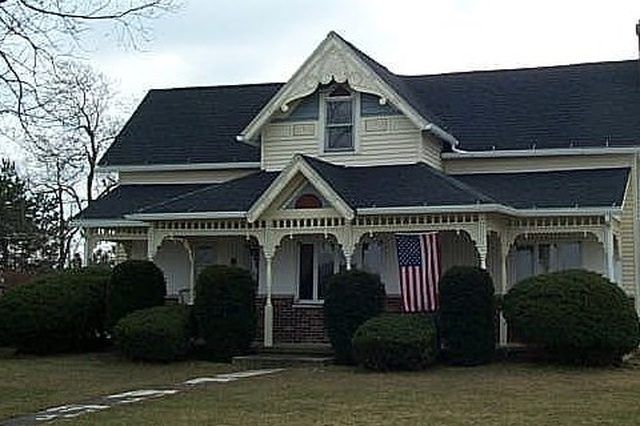Bulbs
Flower Basics
Flower Beds & Specialty Gardens
Flower Garden
Garden Furniture
Garden Gnomes
Garden Seeds
Garden Sheds
Garden Statues
Garden Tools & Supplies
Gardening Basics
Green & Organic
Groundcovers & Vines
Growing Annuals
Growing Basil
Growing Beans
Growing Berries
Growing Blueberries
Growing Cactus
Growing Corn
Growing Cotton
Growing Edibles
Growing Flowers
Growing Garlic
Growing Grapes
Growing Grass
Growing Herbs
Growing Jasmine
Growing Mint
Growing Mushrooms
Orchids
Growing Peanuts
Growing Perennials
Growing Plants
Growing Rosemary
Growing Roses
Growing Strawberries
Growing Sunflowers
Growing Thyme
Growing Tomatoes
Growing Tulips
Growing Vegetables
Herb Basics
Herb Garden
Indoor Growing
Landscaping Basics
Landscaping Patios
Landscaping Plants
Landscaping Shrubs
Landscaping Trees
Landscaping Walks & Pathways
Lawn Basics
Lawn Maintenance
Lawn Mowers
Lawn Ornaments
Lawn Planting
Lawn Tools
Outdoor Growing
Overall Landscape Planning
Pests, Weeds & Problems
Plant Basics
Rock Garden
Rose Garden
Shrubs
Soil
Specialty Gardens
Trees
Vegetable Garden
Yard Maintenance
How to Plant a Bush
How to Plant a Bush. Because of the wide variety of colors, sizes and varieties, bushes or shrubs are one of the most popular landscaping projects. A bush is defined as a woody plant usually no more than 15 feet tall and having multiple major branches. They can have showy flowers like roses, colorful foliage like the purple smoke bush or a pleasing...

Because of the wide variety of colors, sizes and varieties, bushes or shrubs are one of the most popular landscaping projects. A bush is defined as a woody plant usually no more than 15 feet tall and having multiple major branches. They can have showy flowers like roses, colorful foliage like the purple smoke bush or a pleasing scent like the lilac. Bushes can hide unattractive features of property or be eye-catching accents. Because of their relatively small size, you probably already have the equipment you need to plant them. Whatever the reason, planting a bush is a short afternoon project that will add to your home's curb appeal.
Things You'll Need
Bush
Spade or shovel
Water
Top soil (optional)
Water-soluble fertilizer (optional)
Preparation
Choose an area that is compatible with the type of bush you are planting. A plant that requires full sun wonít thrive in a shady space. Check with your nursery for the best varieties for the area you are planting.
Plan on the bush growing considerably and make sure it has enough room. Itís much more difficult to move a full-grown bush than to give it plenty of room to begin with.
Dig a hole twice as wide as the roots of the bush. Donít dig too deep; the top of the roots should be level with the ground.
Test the soil for drainage by filling the hole with water before planting the bush. If the water hasnít drained within a day, the drainage isnít sufficient for the health of the plant.
Planting
If the bush is potted, remove it by gently rolling the pot on its side or tapping it with a trowel. Donít remove the burlap covering if it has a root ball, but do cut away any twine. Pull the burlap away from the top of the root ball and tuck it into the sides.
Gently place the bush in the hole and make any adjustments to straighten it.
Fill the hole with the soil you dug out of it. In most cases, you wonít need to use any other material, but if the soil is too rocky or compacted, add topsoil.
Donít compact the soil with your shoe or the shovel. It could damage the roots. Just use your hands.
Water well, but avoid standing water as this could damage the bush. If you have exceptionally dry weather, water when needed, especially for the first year.
Add 2 to 3 inches of mulch around the bush to retain the moisture.
Tips & Warnings
Most nursery grown bushes have fertilizer added to the soil in the container and itís not necessary to fertilize for several months. To avoid damaging a new plant, only use a time-released fertilizer if needed.